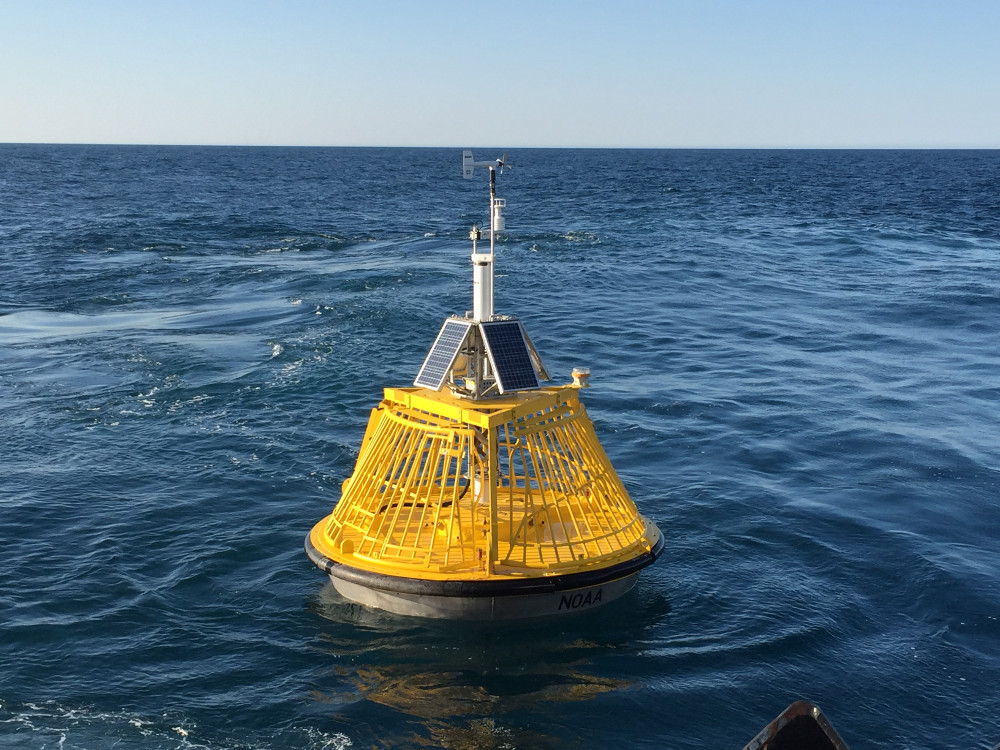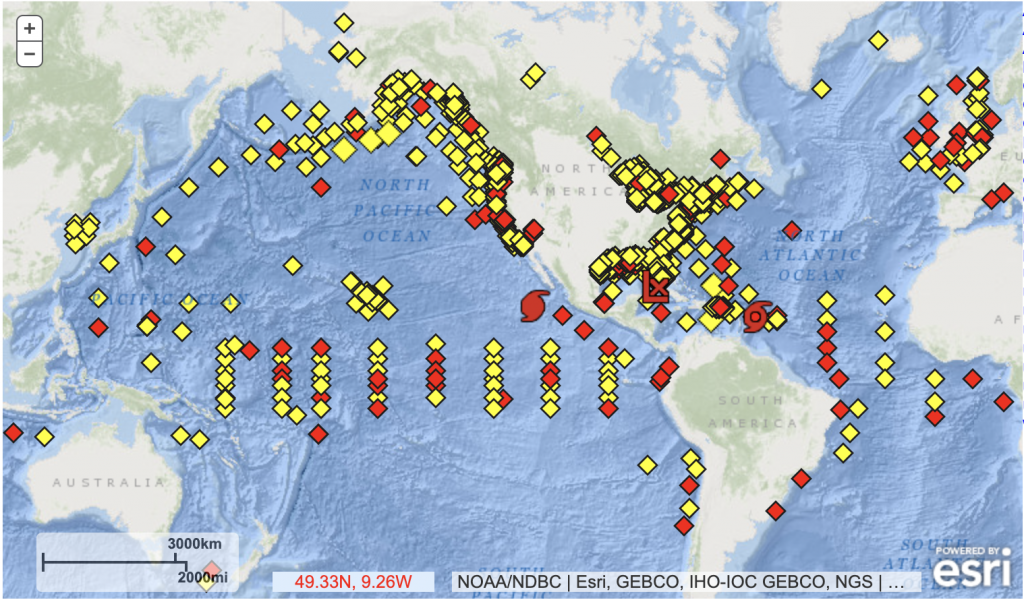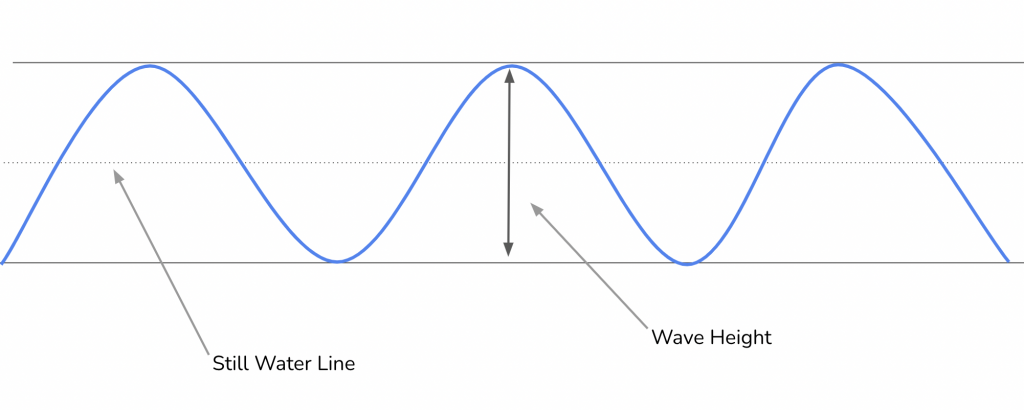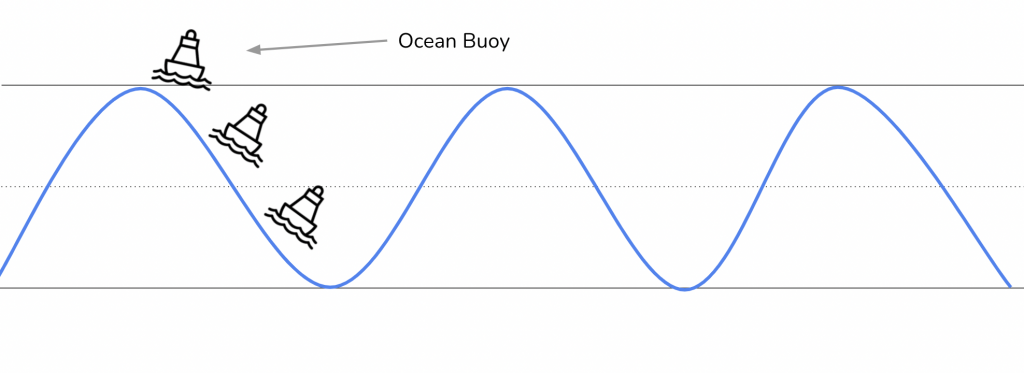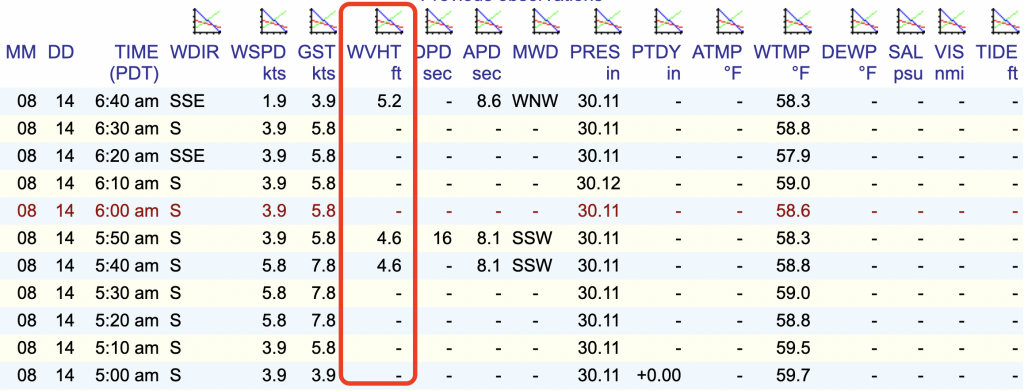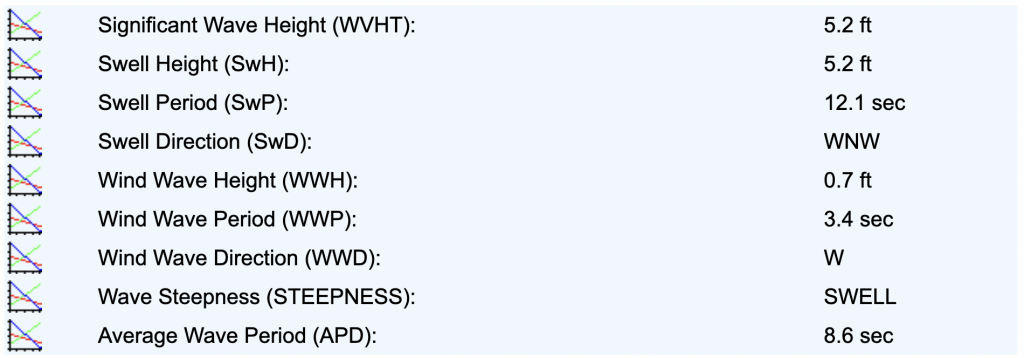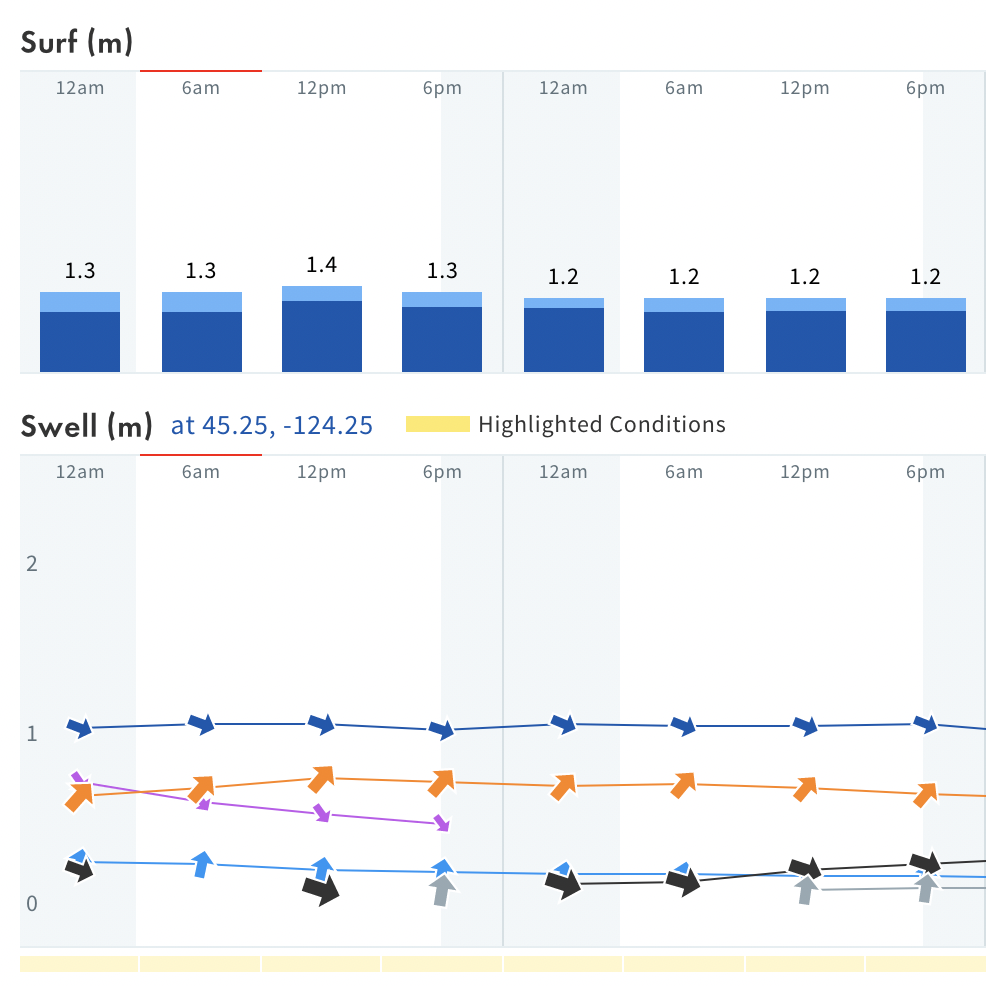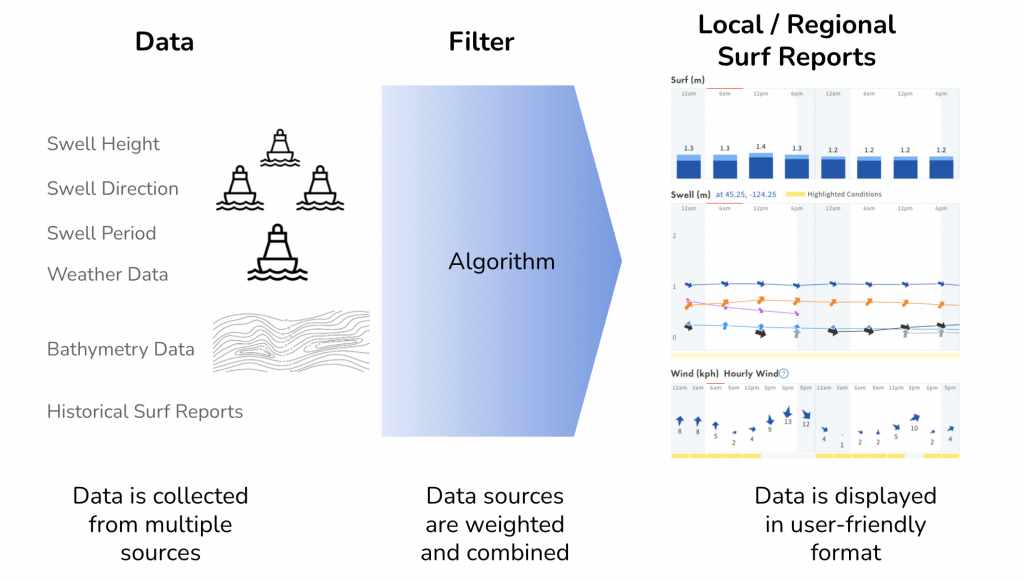Traveling to Playa Colorado is not difficult, but does take some coordination. There are a few different routes to get there. The main two are:
- Fly into Managua, Nicaragua – then take a ~3hr car ride to Hacienda Iguana
- Fly into Liberia, Costa Rica – then cross into Nicaragua via car or bus, then catch a ride to Hacienda Iguana
Accessing Playa Colorado
To make a proper decision about how to get yourself to Playa Colorado, it may help to understand how it’s laid out. Because it is within the gates of the larger Hacienda Iguana property, you can’t just stay in the general area.
Playa Colorado (the beach) can be accessed by:
- Car or on foot from Hacienda Iguanas
- Boat
If you’re staying at the resort to the north, Rancho Santana, you can walk, bike or drive to Playa Colorado, but it isn’t very close.
If you plan to surf Colorados more than once, your best bet (by far) is to stay within Hacienda Iguana.
Hacienda Iguana
The Hacienda Iguana area is a gated and secured “ranch”.
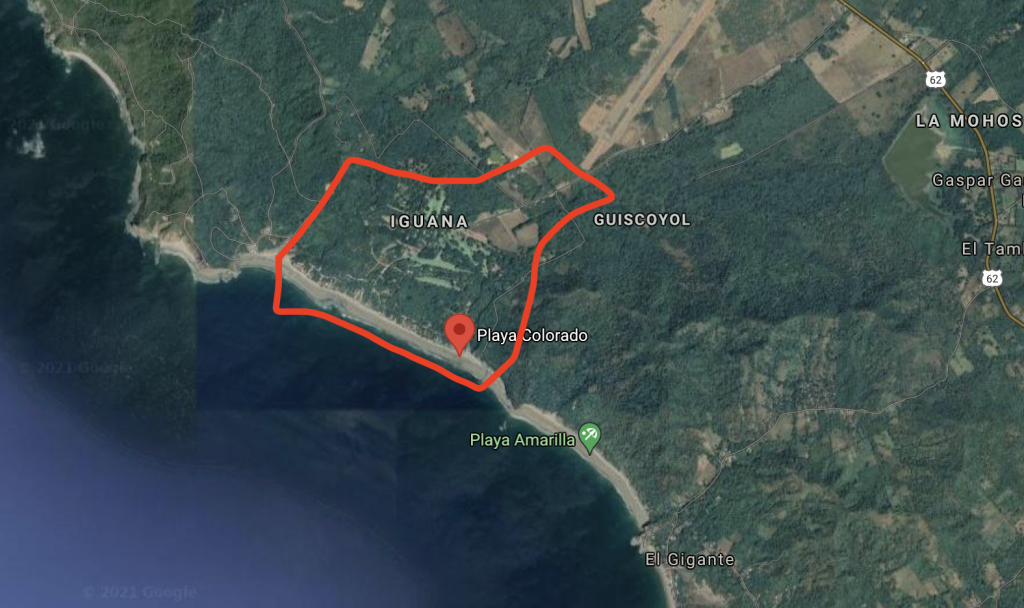
The property is mainly made up of:
- A 9 hole golf course
- A handful of 2-4 story condo complexes
- A few small restaurants and mini-marts
- Scattered privately owned houses (mostly concentrated by the Play Colorado beach)
If you aren’t staying at the ranch, or don’t know someone who is, it will be difficult for you to get in.
If you’ve locked down a spot inside Hacienda Iguana… getting there is your next challenge.
Getting to Hacienda Iguana from Managua
Your best bet is to arrange a ride from the airport straight to your place in Hacienda Iguana ahead of time. In 2021 the price range was $100-160 USD depending on how big of a car you need. A sedan is on the lower end and a large van is on the higher end.
You should be able to arrange transportation through whoever you booked a place with. AirBnB’s and other accommodations are used to helping people with transport. Make sure you clearly communicate your flight information, number of people, board bag situation, etc.
You’re looking at a 2.5-3hr drive depending on traffic and how aggressive your driver is.
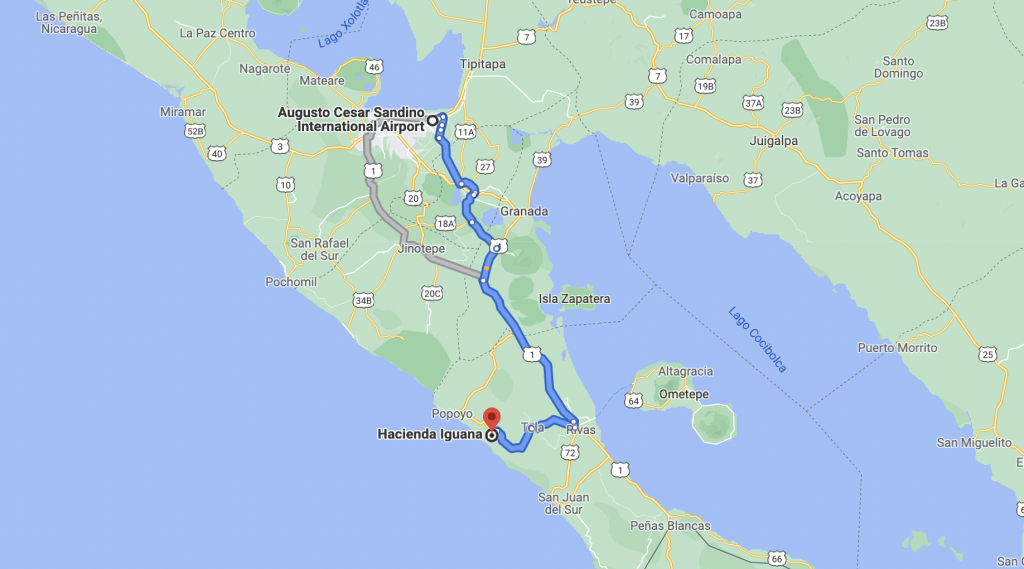
Alternatively, you can take public transportation (this consists of local buses that are old repurposed American school buses). This will be significantly cheaper but much harder to navigate and much less comfortable. You’ll likely have to do at least 2 bus transfers and depending on your time of arrival, this may require an overnight stay in an intermediary city. Doing all of this with boards increases the inconvenience. Even if you’re looking for an unusual adventure, I’d still recommend saving the public transportation system for another day when…
- You haven’t already been traveling all day
- You don’t have boards with you
- You aren’t going as far
Getting to Hacienda Iguana from Liberia Costa Rica
This path requires a little bit more logistics, but the majority of people I met at Colorados had opted for this route over Managua (mostly because of COVID testing requirements – see next section for details).
Getting to Hacienda Iguanas from Costa Rica requires the following steps:
- Fly into Costa Rica
- Get a COVID test in Costa Rica (subject to change – check restrictions before traveling)
- Get a ride to the border
- Go through customs
- Get another ride from the border to Hacienda Iguana (about 1.5hrs)
While the drive is shorter, you have to factor in steps 1-4 as well… which ads a fair amount of planning and logistics for you. You’re most likely looking at arranging two different drivers, and a post-landing COVID test (plus waiting for the results).
There are services that will help you arrange this whole process. You should ask your housing contact for help if you’re considering this route. They will be able to advise you on logistics, pricing, etc.
COVID Considerations
You definitely need to plan ahead and be careful about your logistics when it comes to COVID and traveling to Nicaragua. Making a mistake in this aspect of your travel might cost you your trip… here’s a full guide on how to navigate COVID for travel to Nicaragua.
